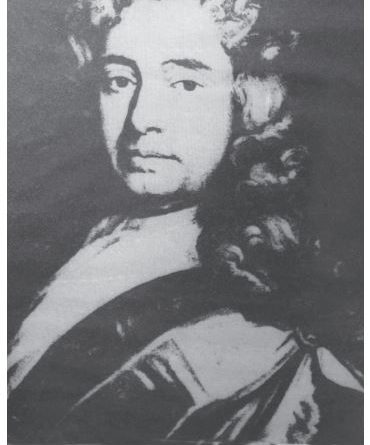Remarkable waves observed in the atmosphere of Venus, 2015–2020
Observations at long infrared wavelengths by the Akatsuki spacecraft during 2015 December revealed the presence of a remarkable bow-shaped high-albedo atmospheric wave, elongated north–south and stretching over both hemispheres across a wide range of latitudes, up to 10,000km in length. Its velocity was nearly zero with respect to the surface, and its initial longitude placed it at the western side of one of the three highest regions of the planet. Amateur data at shorter infrared wavelengths recovered long, narrow N–S elongated waves or discontinuities in late 2016 and again during 2019–’20, but they showed typical velocities for that waveband, corresponding to synodic rotation periods of around five days. This short note reviews the Akatsuki data and more recent ground-based observations. Furthermore, it speculates whether waves could also have been generated by the possible surface volcanic activity first reported in BAA observations during 2017.
Read more
